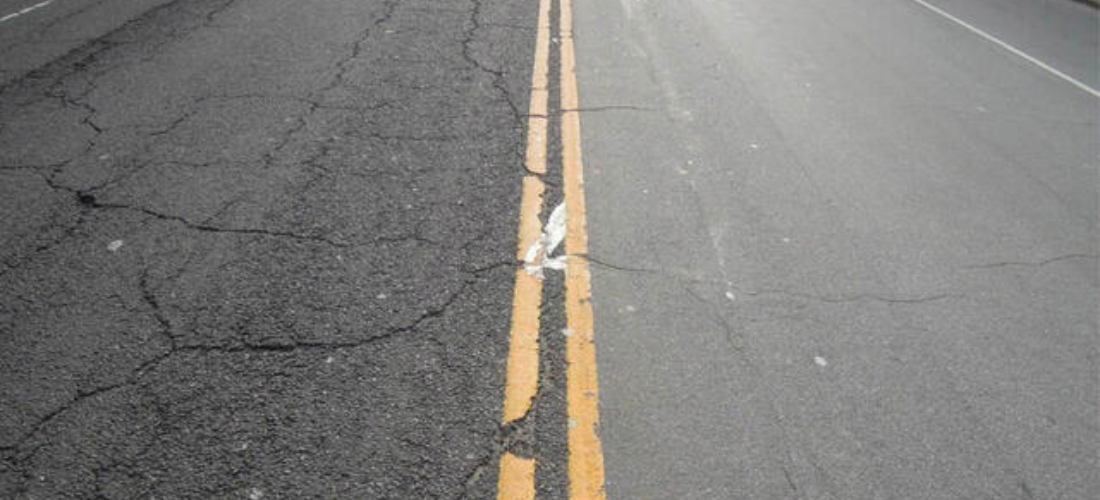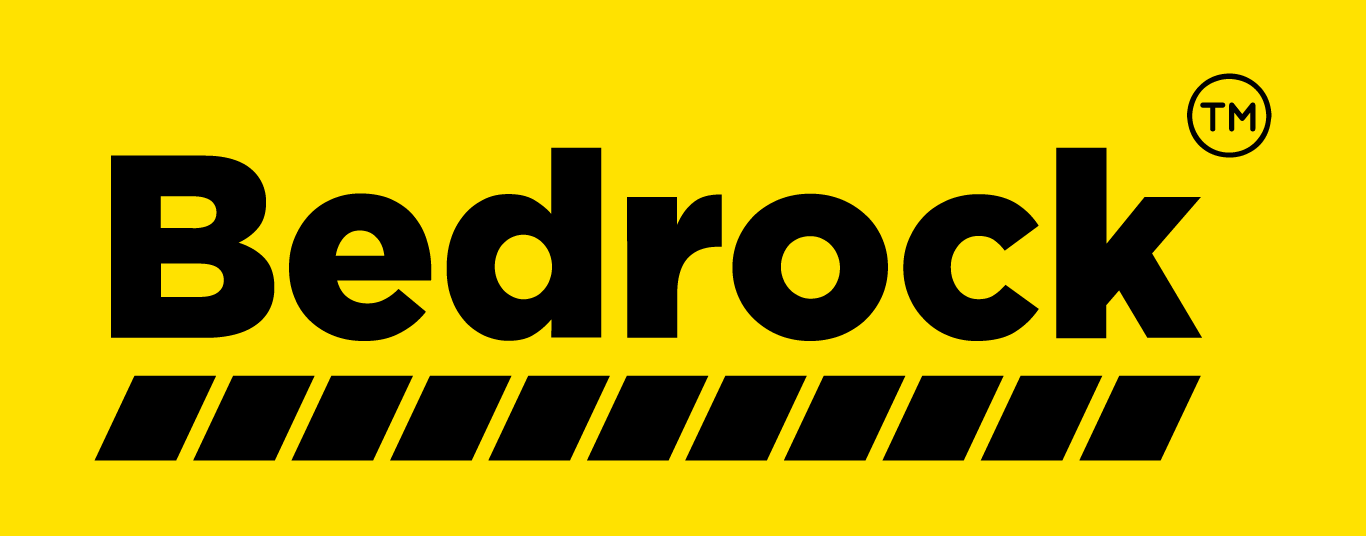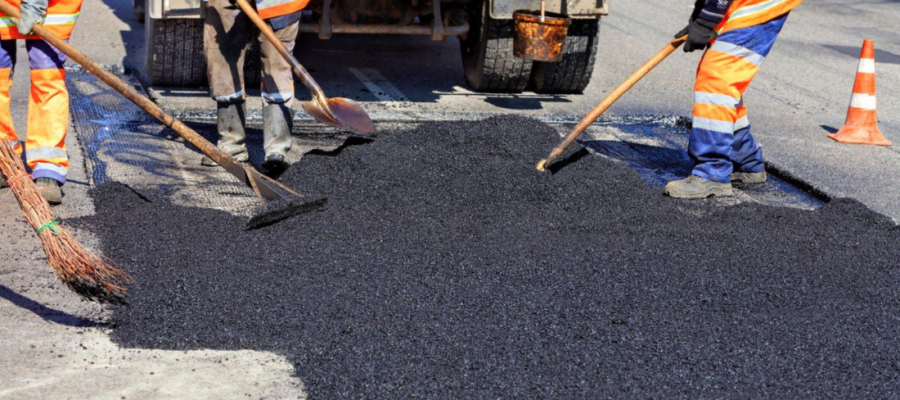
What is a Slurry seal?
Slurry seal is a thin asphalt overlay / seal coat that fills in minor gaps and surface flaws to provide a consistent color and texture to the highway. Most significantly, it seals the pavement, preventing water infiltration, which is the leading cause of pavement degradation.
What is Microsurface treatment?
Microsurfacing is a pavement seal layer that preserves and extends its life. It is a thin, durable covering of asphalt emulsion combined with coarsely crushed stone for traction. This is a low-cost approach for renewing the road surface and repairing tiny cracks and other defects.
Differences:
- Primary Difference
Slurry seal is typically one stone thick, or less than 0.25 inch, whereas micro surface treatment is typically placed at several stone thicknesses. Although polymer-modified asphalt emulsion can be found in slurry sealing, it is always present in micro surfacing.
- Usage
Slurry seal and micro surfacing is appropriate for pavements with flushing, polished aggregate, raveling, oxidation, and light to moderate cracking. Because of the usage of polymer-modified emulsion, micro surfacing may help fill small rutting and prevent fractures from spreading.
Despite their benefits, these treatments have no influence on the existing pavement’s structural capability. As such, they should only be used to extend the service life of a highway, not to fix structural damage.
- Cost
Slurry sealing and micro surface treatment are both low-cost treatments for sealing the pavement surface, filling tiny top-down cracks, and restoring surface friction.
- Load Capacity
They are appropriate for a range of asphalt pavement types experiencing varying amounts of traffic, ranging from motorways and collector routes to residential streets. Both solutions keep drainage patterns and curb reveals intact.
- Time to Apply
Slurry sealed surfaces may usually be returned to traffic one to four hours after application, and micro surface treated pavements can usually be restored to traffic within one hour.
- Flexibility
Another advantage of micro surfacing is that it may be utilized in conjunction with other applications. It can, for example, be used in conjunction with a cape seal, where a chip seal is coated with a micro surface.
- Service Life
When done appropriately, slurry sealing may increase the service life of a pavement by five to seven years, while micro surfacing can extend the service life by six to eight years.
- Equipment for Application
Both Slurry seal and Microsurfacing treatments can be applied using a truck-mounted or continuous paver. Truck-mounted pavers are often utilized on shorter pull projects, whereas continuous pavers are used on longer pull projects, such as highway constructions, and can reduce construction joints.
Conclusion
Micro Surfacing and Slurry Seal solutions, when correctly developed, are cost-effective tools with increased life cycle advantages. Although Micro Surfacing and Slurry Seals are comparable in many ways, Micro Surfacing is intended to allow for a faster return to traffic, a heavier application rate, rut filling, and larger traffic volumes.
About Us:
Bedrock Infra is a reputable manufacturer of micro-surfacing emulsion in Maharashtra, offering the best micro-surfacing emulsion to repair surface rutting issues on asphalt pavements. Our calibrated micro-surfacing mixing emulsion is used to apply emulsion in varied thickness.




